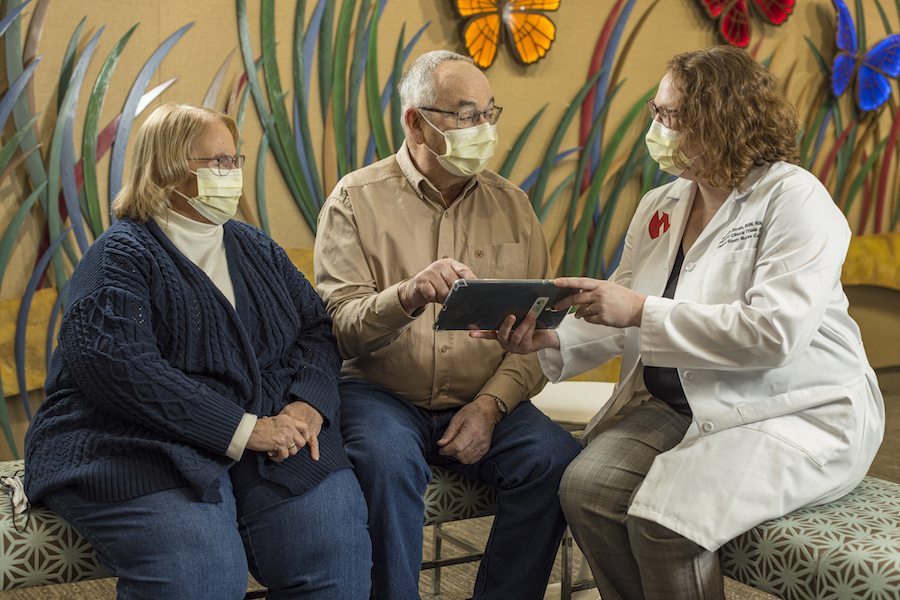Patient Guide To Clinical Trials

Understanding Clinical Trials
Clinical trials are medical studies that involve people. They test new ways to prevent, find, or treat diseases. These studies help doctors learn more about how diseases work and if new treatments are safe.
What clinical trials can test:
- New medicines
- Medical devices (like tools used in care)
- Surgery methods
- Ways to prevent disease
- Ways to help people feel better during or after treatment
Types of Clinical Trials:
- Treatment Studies test new medicines, combinations of medicines, surgeries, or radiation. They check if new treatments are safe and work well for specific conditions.
- Prevention Studies look for ways to stop diseases from happening in healthy people or from coming back to people who had them before. They may test medicines, vaccines, or lifestyle changes.
- Screening and Detection Studies test new ways to find diseases earlier or more accurately, often focusing on people who might have a higher chance of getting the disease.
- Diagnostic Studies look for new or better ways to find out if someone has a disease when they have signs or symptoms.
- Quality of Life Studies focuses on helping patients feel better and manage symptoms or side effects during and after treatment.
- Behavioral Studies test ways to help people make healthy choices or change habits that affect their health.
At the Fred & Pamela Buffett Cancer Center, we offer a variety of clinical trials for all major types of cancer. These trials help connect patients with the latest treatment options.
Clinical Trial Phases
Phase I - Safety First
Tests the safety and side effects of a new drug or treatment. These trials have 20-80 participants. The main goal is to check safety and find side effects. Study results help determine safe dosage ranges and how the treatment should be given.
Phase II - How Well It Works
Looks at whether the treatment works for certain types of cancer and builds on the safety findings from Phase I. These trials have 100-300 participants and may compare different doses or methods of giving the treatment.
Phase III - Head-to-head Comparison
Compares the new treatment to standard treatments. If the new treatment results are positive, the U.S. Food and Drug Administration (FDA) may approve it. They test effectiveness and track side effects in a larger, more diverse group (1,000-3,000 participants).
Phase IV - Post-Market Monitoring
Studies long-term safety and benefits on a larger, more varied group of people after an FDA-approved treatment. Phase IV trials help ensure optimal use of newly approved treatments.
Common Misunderstandings

Guide to Enroll in a Clinical Trial
To join a clinical trial, begin by finding the right study for you. Discuss with your doctor or care team. They can help you decide if a clinical trial is an option for you based on your condition, treatment history, and health goals.